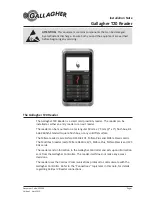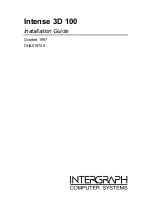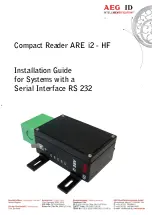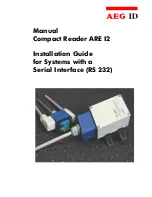
Chapter 3
Hardware Overview
3-4
www.natinst.com
the effect of the charge—a voltage error—will not have decayed by the time
the ADC samples the signal. For this reason, keep source impedances under
1 k
Ω
to perform high-speed scanning.
Due to the previously described limitations of settling times resulting from
these conditions, multiple-channel scanning is not recommended unless
sampling rates are low enough or it is necessary to sample several signals
as nearly simultaneously as possible. The data is much more accurate and
channel-to-channel independent if you acquire data from each channel
independently (for example, 100 points from channel 0, then 100 points
from channel 1, then 100 points from channel 2, and so on.)
Analog Output
♦
6035E only
These devices supply two channels of 12-bit analog output voltage at the
I/O connector. The bipolar range is fixed at ±10 V. Data written to the
digital-to-analog converter (DAC) will be interpreted as two’s complement
format.
Analog Output Glitch
In normal operation, a DAC output will glitch whenever it is updated with
a new value. The glitch energy differs from code to code and appears as
distortion in the frequency spectrum.
Digital I/O
The devices contain eight lines of digital I/O (DIO<0..7>) for
general-purpose use. You can individually software-configure each line for
either input or output. At system startup and reset, the digital I/O ports are
all high impedance.
The hardware up/down control for general-purpose counters 0 and 1 are
connected onboard to DIO6 and DIO7, respectively. Thus, you can use
DIO6 and DIO7 to control the general-purpose counters. The up/down
control signals are input only and do not affect the operation of the DIO
lines.
















































